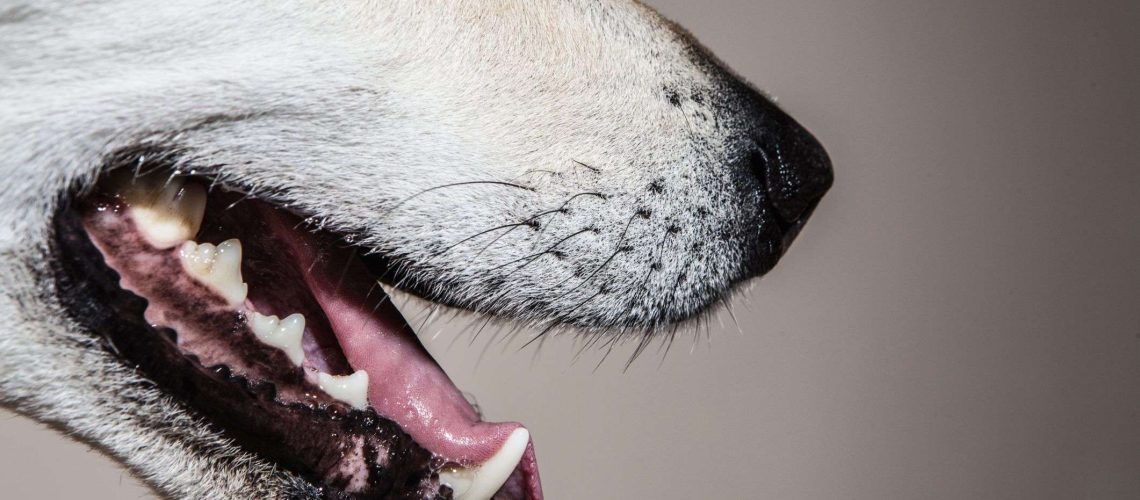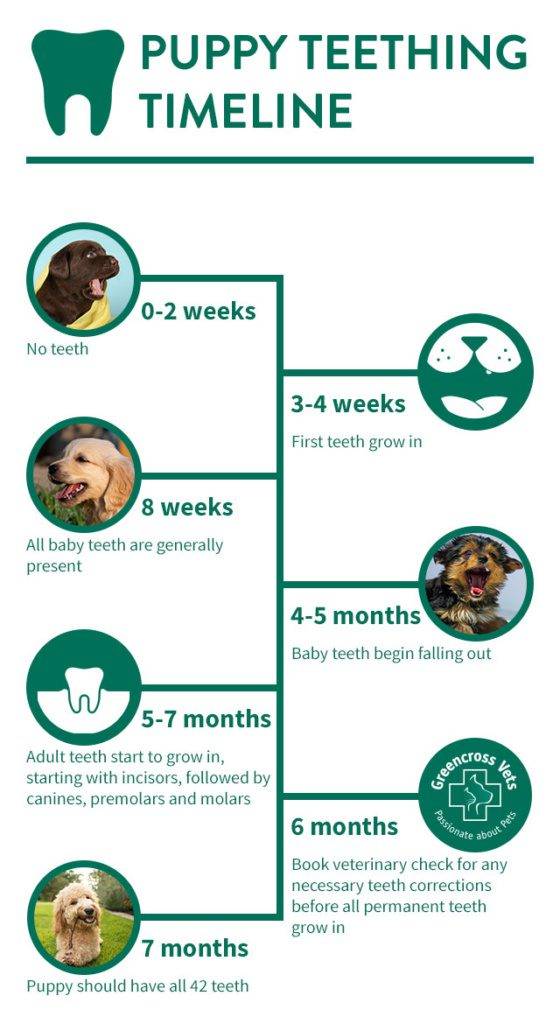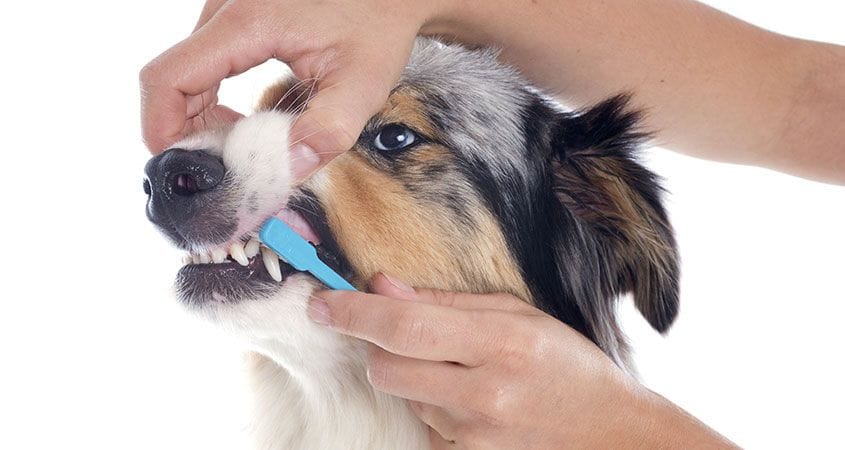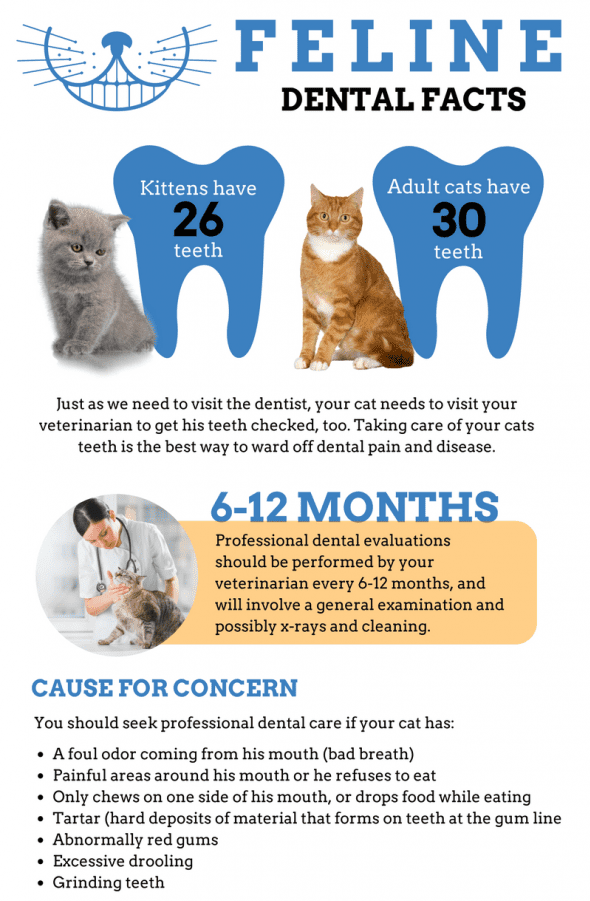Key Takeaways:
- Inspect your dog's mouth regularly to check for loose teeth.
- If you notice a loose tooth, avoid pulling it out yourself as it may cause pain or infection.
- Contact your veterinarian to schedule an appointment and discuss the best course of action.
- In the meantime, offer soft foods and avoid giving hard chew toys to prevent further damage to the loose tooth.
- Follow your vet's recommendations for treatment, which may include dental cleaning, extraction, or other procedures.
Introduction:
Have you ever noticed your furry friend pawing at their mouth or struggling to eat their favorite treats? Well, if so, you might be facing a common canine conundrum: a loose tooth. While it may seem like a minor issue, understanding what to do in this situation can save your dog from unnecessary pain and discomfort. In fact, did you know that 80% of dogs over the age of three suffer from dental problems? By delving into this topic, you'll not only learn how to properly handle a loose tooth but also gain valuable insights into maintaining your dog's overall dental health. So, let's sink our teeth into this subject and ensure our four-legged companions stay happy and healthy for years to come!
Why is it important to know what to do if your dog has a loose tooth?
If you are a dog owner, it is important to know what to do if your furry friend has a loose tooth. Just like humans, dogs can experience dental problems that can lead to pain and discomfort. Ignoring a loose tooth in your dog can result in further complications and potentially expensive veterinary bills. By being aware of the signs and taking appropriate action, you can help ensure your dog's oral health and overall well-being.
When a dog has a loose tooth, it may have difficulty eating or chewing its food properly. This can lead to weight loss and malnutrition. Additionally, bacteria can accumulate around the loose tooth, causing gum infections and bad breath. If left untreated, these infections can spread to other parts of the body and affect your dog's overall health.
Signs that your dog may have a loose tooth:
- Bleeding gums
- Difficulty eating or chewing
- Persistent bad breath
- Excessive drooling
- Swollen or red gums
- Loss of appetite
What should you do if your dog has a loose tooth?
If you notice any signs of a loose tooth in your dog, it is important to take action promptly. Here are some steps you can take:
- Inspect the mouth: Gently lift your dog's lips and examine its teeth and gums for any signs of looseness or inflammation.
- Contact your veterinarian: Schedule an appointment with your vet as soon as possible. They will be able to determine the cause of the loose tooth and recommend appropriate treatment.
- Follow your vet's advice: Your vet may recommend dental cleaning, extraction of the loose tooth, or other treatments depending on the severity of the condition. Follow their instructions carefully to ensure your dog's oral health is restored.
- Maintain good oral hygiene: Regularly brush your dog's teeth and provide dental treats or toys to help prevent future dental problems.
How can you tell if your dog has a loose tooth?
Signs to look out for
If you suspect that your dog may have a loose tooth, there are several signs you can look out for. One common sign is excessive drooling or pawing at the mouth. Your dog may also show signs of discomfort while eating or chewing on toys. Another indication could be bad breath or bleeding from the gums. If you notice any of these symptoms, it's important to take a closer look and check for any loose teeth.
Checking for loose teeth
To check if your dog has a loose tooth, gently lift their lips and examine their teeth and gums. Look for any wobbling or movement in the teeth, as well as redness or swelling around the gums. Be cautious while doing this, as dogs may become defensive or uncomfortable during the process. If you are unsure or concerned about your dog's dental health, it is always best to consult with a veterinarian.
Common causes of loose teeth in dogs
Gum disease
One of the most common causes of loose teeth in dogs is gum disease, also known as periodontal disease. This occurs when plaque and tartar build-up on the teeth and irritate the gums, leading to inflammation and infection. Over time, this can cause the supporting structures around the teeth to weaken, resulting in loose teeth.
Dental trauma
Dental trauma can also cause a dog's tooth to become loose. This can happen due to accidents or injuries such as falls, fights with other animals, or chewing on hard objects that may damage the tooth's structure. It's important to be mindful of what your dog chews on and provide them with appropriate chew toys to avoid dental trauma.
Can a loose tooth in a dog be painful?
Yes, a loose tooth in a dog can be painful. Just like humans, dogs have nerves and blood vessels inside their teeth. When a tooth becomes loose, it can cause discomfort or even pain for your furry friend. They may experience sensitivity while eating or drinking, and the area around the loose tooth may be tender to touch. If you suspect that your dog is in pain due to a loose tooth, it's crucial to seek veterinary care as soon as possible.
Steps to take if you notice your dog has a loose tooth
Contacting your veterinarian
If you notice that your dog has a loose tooth, it's important to contact your veterinarian for guidance. They will be able to assess the situation and provide appropriate advice or treatment options based on the severity of the issue.
Maintaining oral hygiene
In the meantime, you can help alleviate any discomfort by maintaining good oral hygiene for your dog. This includes regular brushing of their teeth with canine-specific toothpaste and providing them with dental chews or toys designed to promote dental health. Avoid giving them hard treats or bones that could potentially worsen the condition.
Preventive measures for maintaining healthy teeth in dogs
Daily brushing
One of the most effective preventive measures for maintaining healthy teeth in dogs is daily brushing. Using a soft-bristled toothbrush and canine-specific toothpaste, gently brush your dog's teeth in circular motions. This helps remove plaque and tartar buildup before it leads to gum disease or loose teeth.
Regular dental check-ups
Just like humans, dogs also benefit from regular dental check-ups. Schedule routine visits with your veterinarian for professional cleanings and thorough examinations of your dog's oral health. These check-ups can help identify any potential issues early on and prevent them from progressing into more serious dental problems.
By being attentive to your dog's dental health and taking appropriate measures, you can help ensure that their teeth stay strong and healthy, preventing the discomfort of loose teeth and potential complications down the line. Remember, a healthy mouth leads to a happy and pain-free dog!
In conclusion, if your dog has a loose tooth, it's important to stay calm and not try to pull it out yourself. Take your dog to the veterinarian who can safely remove the tooth if necessary and provide appropriate care for your furry friend.
What do I do if my dog has a wobbly tooth?
If you notice that your dog has loose or wobbly teeth, it is recommended to schedule a check-up with a veterinarian as these teeth often require removal under anesthesia.
What age do dogs lose teeth?
Dogs do not possess any baby molars. Around 12 weeks old, their deciduous teeth start to shed, and their permanent teeth start to grow. Usually, by the time they reach 6 months old, all their permanent teeth have grown, and all their deciduous teeth have fallen out.
Can a loose tooth tighten back up?
It is possible for teeth to become loose, but the outcome depends on the underlying cause. If your teeth are loose due to advanced osteoporosis or a significant mouth injury, there is a low likelihood of them tightening on their own. However, there may be options for saving the tooth through some form of treatment. This information was as of August 16, 2023.
How much does a dog's broken tooth cost?
It is common for the cost of a canine tooth in a large dog to range from $1,500 to $3,000 or even higher. Specifically, a root canal procedure on this tooth can cost up to $6,000, depending on the location.
Should I pull my dogs very loose tooth?
Injuries can occur from car accidents, or if your dog chews on hard objects such as bones. If a tooth becomes loose in the mouth, it can lead to harmful bacteria that can be dangerous for your beloved pet. Any broken or loose teeth should be removed.
Should I pull my puppy's tooth if he is loose?
It is important to avoid pulling out any loose teeth during a dog's teething period. This is because dogs have deep roots in their teeth, and removing a loose tooth could result in damage and potential bacterial infection. It is recommended to allow the teeth to naturally fall out.

















